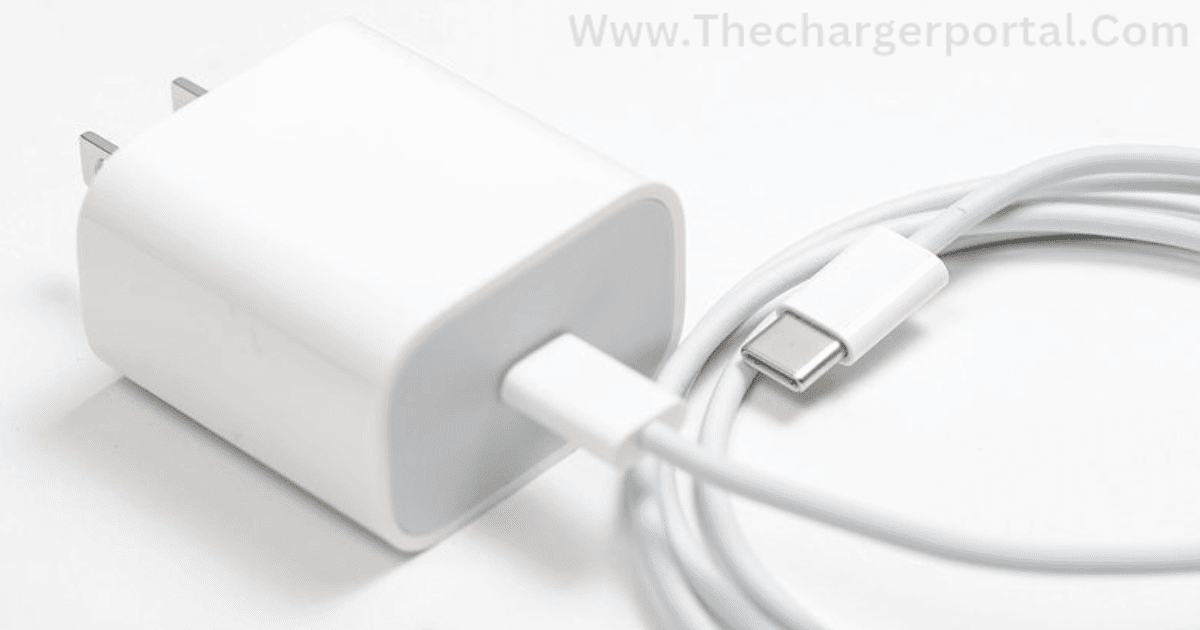Few businesses have been able to make such a significant influence on our lives in the quick-paced world of technology as Apple. With game-changing devices like the iPhone and svelte MacBooks, Apple's commitment to innovation has transformed how we use technology.
The Apple charging block, one of its many accessories, is unique since it has undergone tremendous modification to meet consumers' shifting demands. This article will examine the history of the Apple charger block and how it has changed over time to provide consumers of Apple devices with more efficiency and convenience.
The Beginning: The Development of the Charger Block
The process of charging Apple devices was straightforward in the beginning. When the first iPhone was introduced in 2007, the first Apple charging brick made its appearance. Users may connect their iPhones to any USB-A cable to charge with this little, white square charger block's USB Type-A connection. Although groundbreaking at the time, this charger was somewhat simple in comparison to the developments that would come later.
Changing to USB-C: A Significant Milestone
Apple acknowledged the need for quicker data transfer and charging rates as technology advanced. When the MacBook debuted USB-C technology in 2015, it marked the beginning of a huge change. The charger block got more adaptable with USB-C and can now charge additional Apple devices besides only iPhones. Faster charging speeds for iPhones, iPads, and even some MacBook models were made possible by the USB-C port's increased power supply.
Introduction of Fast Charging
The addition of rapid charging technology to Apple's charger blocks has been one of the most important recent advances. Users may charge their iPhones much more quickly than previously thanks to fast charging. However, consumers had to spend money on higher-wattage chargers and USB-C to Lightning connectors in order to take advantage of this capability.
A Cord-Free Future with Wireless Charging
With the release of the iPhone 8 and iPhone X in 2017, Apple's commitment to a wireless future saw the introduction of Qi wireless charging. With this technology, wires are completely unnecessary, giving customers better convenience and a more efficient charging process. Apple charger blocks, like the AirPower, were created to charge several devices at once, including iPhones, Apple Watches, and AirPods, to create a charging ecosystem
Environmental Factors: A Greener Method
Apple also changed to reflect the environmental consciousness of the globe. The business started looking at green charger block solutions. Apple began encouraging the usage of USB-C to Lightning cords in an effort to lessen electronic waste, letting people keep using their old charging blocks while upgrading to the newest iPhone models
Conclusion
The Apple charging block has undergone continual evolution over its life, demonstrating the company's dedication to improving user experiences. Apple has continuously pushed the limits of what charging solutions can provide, from the modest beginnings of the original iPhone charger to the arrival of rapid charging and wireless technologies.
We can anticipate Apple to remain at the forefront of charger block improvements as technology advances, ushering in a day when charging our gadgets will become even more convenient and environmentally friendly.




